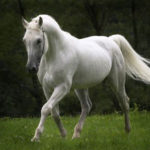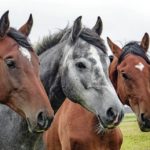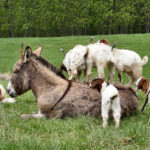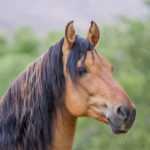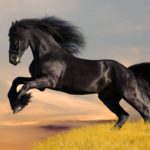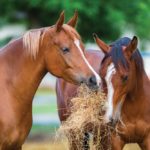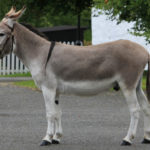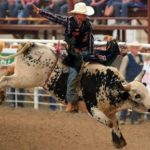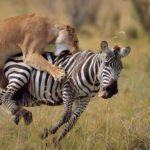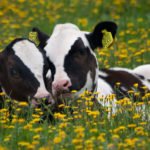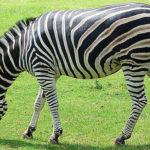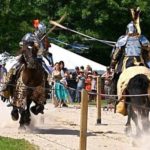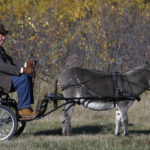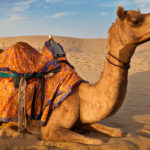Horse training
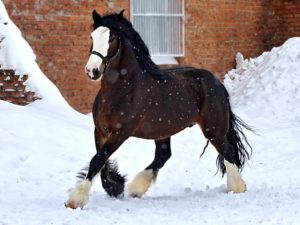 To maintain the health of the horse, movement is necessary every day, and like all athletes, horses need additional training in order to create and maintain physical fitness. Training should always be closely related to horse feeding. If the horse is kept in the pasture and its area is large enough, then during the day the horse imperceptibly receives the necessary load.
To maintain the health of the horse, movement is necessary every day, and like all athletes, horses need additional training in order to create and maintain physical fitness. Training should always be closely related to horse feeding. If the horse is kept in the pasture and its area is large enough, then during the day the horse imperceptibly receives the necessary load.
Space and freedom of movement are an integral part of a horse’s life in natural conditions, so the larger the pasture area, the closer the horse’s living conditions to natural ones and the happier it will be.
However, if the horse eats only grass, its physical form will only allow light work in the summer. With stable maintenance it is easier to control food intake and gradually bring the horse to a state where it can perform the required work. But, since the horse is limited in movement in the stable for part of the day, or even for the whole day, she needs the right training regimen if you want her to be happy, healthy and obedient.
If possible, all horses kept in the stable should spend part of the day in the pasture in addition to daily training. There is a danger that well-trained horses could be injured in the pasture, so the pasture should have a secure fence and wear protective shoes on the horses to prevent accidents.
If for some reason it is impossible to give the horse kept in the stable its usual load – for example, in bad weather it is impossible to ride on the roads, the horse must be released into the pasture every day, or at least taken out and allowed to graze. Another alternative to training under the rider is to work on the cord.
Horse Training Tips
Before training or working, the horse should be cleaned quickly – brush away so that it looks neat and well-groomed. The stains on the wool are washed off with a damp sponge, and all litter residues are selected from the mane and tail. The hooves must be loosened and the condition of the horseshoes checked.
For walking and driving on the roads, a universal sports saddle of the English model is suitable. The potnik protects the saddle from grease and dirt on the coat, and also makes the saddle more comfortable for the horse.
The use of the bridle “for every day” will extend the life of the “ceremonial” bridle worn, for example, at shows or competitions. The type of fishing rod and headband depends on the horse. Most horses have enough snaffle fishing rods and a simple headband with a capsule for walking. If you need a little more control over your horse, you can choose a Mexican capsule or an Eight capsule. The use of martingale depends on the horse and how difficult it is to control.
For training, a simple bridle headband and a versatile sports saddle are usually sufficient.
When riding on roads, it is recommended to put on the horse’s nails that protect the carpal joint; if they are correctly selected, they will not interfere with the horse’s movements. The horse can easily slip on the tar and injure the carpal joints; Unfortunately, many people still neglect this simple precaution. Bells are another useful way to protect your horse’s legs.
In winter, a sheared horse needs a training blanket so as not to catch a lower back. So that she does not slip, they put her under the saddle. It is also fastened with a strap under the tail of the horse so that it is not blown away by the wind.
